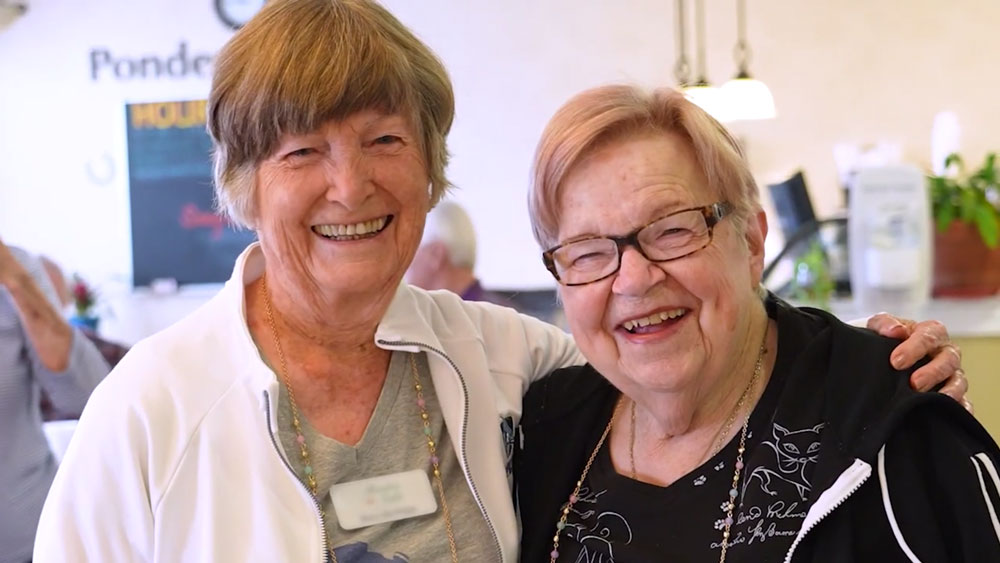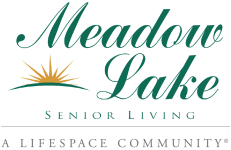
When Karen’s mother didn’t answer the front door, Karen walked around to the back door, ready to let herself in with her spare key. She was alarmed to see the door ajar—but relieved to find her mother upstairs reading with her sore legs up on an ottoman. When Karen went back downstairs to the kitchen to put away the groceries she had brought, she noticed the pile of dishes in the sink, crumbs on the counter, dirty laundry on the floor by the washer, and unsavory odors coming from her mother’s fridge.
Karen slumped into a kitchen chair and put her head in her hands. As a working mom of three teenagers, she didn’t have the time or strength to care for her mother as she knew she should. Her mother refused to live with Karen and her family—and they really didn’t have the room to make her comfortable anyway. At least Stan, Karen’s husband, took over paying Mom’s bills last year. Karen stops by three times a week to check on her mom. But even that’s not enough. What to do?
Dr Sidney Katz was a geriatric specialist recognized for his dedication to caring for seniors. In the late 1950s, Dr Katz developed an Index of Independence in Activities of Daily Living, what we refer to now as “ADLs.” Dr. Katz’s index is based on a point system in six categories: bathing, dressing, using the toilet, movement from bed or chair, continence, and eating. Six points, one for each ability area, means an older adult is able to function independently.
According to the AARP, the number of Assisted Living Residences, or ALRs, has grown consistently since the mid-1980s. This is in part because of adult children like Karen who want the best for their parents, but simply don’t have the time or resources to provide what their parents need.
While Karen’s mother would be considered a fully independent adult according to the Katz ADL Index, it’s clear that she really is not living to her full potential while living alone. To address these additional areas of concern, the Lawton-Brody Index of Instrumental Activities of Daily Living (IADLs) was developed using a point scale similar to that of Dr. Katz as an additional assessment tool to measure more complex tasks, such as laundry, shopping, housekeeping, food preparation, and ability to handle finances.
Karen has concerns about her mother in addition to those identified by the IADL Index:
- Medical Issues: Karen is worried about her mother’s leg pain and lack of exercise
- Isolation: Karen knows it’s not healthy for her mother to spend so much time alone
- Safety: Finding the back door to her mother’s home not only unlocked but also ajar frightened Karen. She also fears her mother will fall on the stairs or in the shower
- Hygiene: While Karen’s mother does seem able to keep up with her own personal cleanliness, the condition of her home environment is worrisome to Karen
- Nutrition: Karen has found it challenging to provide both her family and her mother with nutrient-dense meals and feels guilty purchasing convenience foods for her mother
Both Karen and her mother are living happier, less stressful lives now that Karen’s mother has moved into her comfortable apartment home in a nearby Life Plan community. Karen’s mom gets regular exercise in the community pool and joined a book club on campus. She enjoys nutritionally balanced, restaurant-style meals in the dining room with her new neighbors, and attends concerts by the lake. A nurse oversees her medication and has arranged for a physical therapist to help with leg strengthening exercises.
Karen, Stan, and their children truly enjoy visits with Karen’s mother and rest easy knowing she is receiving the best of care and enjoying life to the fullest!
